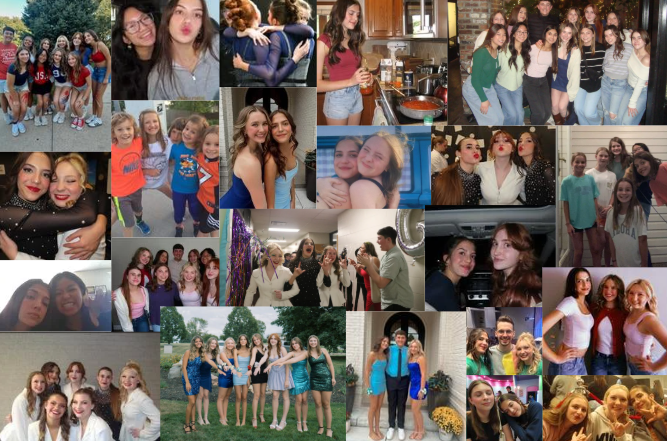Recycling is one of the simplest yet most important actions we can take to protect our environment. In every classroom, you’ll find three bins assigned a different color. Green is for cans and bottles, blue is for paper and gray is for any other trash. Watching everyone use these bins, it’s clear that most students don’t know or care about the colors’ meanings.
Schools should stress the importance of recycling and educate their students so that they know what to do. According to The Williams Record, many students also reported that they knew very little about what happens to recycling after it is placed in a recycling bin. 37.2 percent said they were “fully unaware.” With that, only 24 percent of schools in Nebraska recycle (including recycling and composting activities).
When taught about recycling, students also obtain important skills. The Department of Environmental Protection says that reducing waste and recycling helps students understand their responsibility to the environment and learn that they can make a significant difference by keeping our land, air, and water clean. If students don’t gain knowledge early on about how to recycle, there are going to be severe negative impacts.
Seven major impacts of not recycling would be overtaxed Landfills, increased pollution and climate change, human health risks, destruction of natural habitats, damage to wildlife, increased, plastic pollution in the ocean, and deforestation. Vogel Disposal Service states that non-recyclable materials can cause the equipment to jam up or break down. Items such as plastic bags, hoses, wire hangers, and string lights can work their way into the belts and joints of the machinery. Even things like small pieces of broken glass can cause danger because waste collectors have to hand-pick them. It isn’t fair to these employees that they need to pick up after others just because they throw things into the wrong bin.
While the most ideal way to solve this problem would be to eliminate all waste, but that isn’t possible. Although, there are multiple other options for reducing trash loads. Some ways to reduce waste are to buy in bulk to reduce packaging, take reusable bags to carry your purchases home, purchase a reusable water bottle, say no to a plastic straw when out to eat, take your coffee mug instead of using disposable cups and avoid single-use k-cups, choose to “go paperless” when possible for bills. This small change in daily life can cause a significant benefit for the better.
Not only is not recycling hurting our planet, but it wastes money that could be used for different and better reasons. According to Waste Cost Solutions, disposal of waste costs about $50 per ton. The average person spends about $2 a day on waste disposal. Americans generate more than 200 million tons of garbage each year. Approximately one-third of this garbage is recycled. $50 per ton ends up being a massive amount of money, especially when you calculate it by years.
Learning about recycling is a benefit with no downsides. It will not only help in our school environment but also when students graduate, they’ll be able to know about how to recycle. It’s not hard to teach either, it’s just as simple as listing the colors. In order to have a cleaner earth, we need to start with the basics, which is to reduce, reuse, and recycle.








